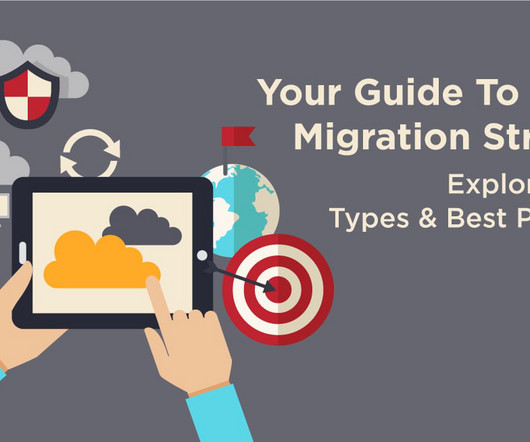What is Private Cloud Architecture: Complete Overview
OTS Solutions
DECEMBER 4, 2023
As businesses strive to harness the benefits of cloud computing while addressing specific requirements and compliance regulations, private cloud architecture is a viable solution. It provides a highly secure and customizable environment that allows businesses to meet their specific requirements and maintain control over their data.















Let's personalize your content